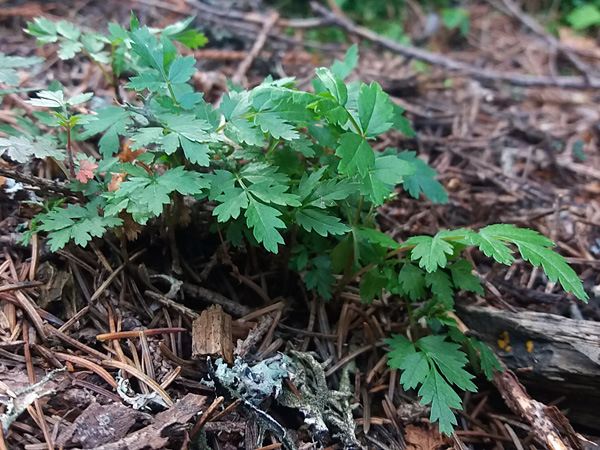Parentage analysis helps explain masting in trees – publication in Ecology Letters
For years, it has been believed that masting, i.e. the interannually variable and synchronous seed production, is beneficial for plants because it increases their reproductive efficiency. Abundant flowering in the seed year means high availability of pollen, which translates into abundant fruiting, thanks to which at least some of the seeds are not eaten or damaged by seed predators, but reach the soil and germinate. However, it is known that in addition to the benefits, this strategy has costs (e.g. high density-dependent mortality of the young generation). Although they seem significant, they are often omitted in studies, which may distort the assessment of reproductive success.
Recently, an article was published in Ecology Letters, taking into account the costs of reproduction of a species with masting reproduction behavior. The authors of the publication, including employees of our Institute – prof. Magdalena Żywiec, dr Grażyna Szarek-Łukaszewska, dr Łukasz Piechnik and Barbara Seget – conducted a parentage analysis of seedlings and adults in a population of rowan (Sorbus aucuparia) from Babia Góra mountain, monitored for over 20 years. The results showed that although high fruit production variability is associated with significant costs, these costs can be effectively reduced by synchronised fruiting. In other words, individuals whose fruiting is synchronised are reproductively more efficient (they obtain more offspring from the same amount of fruit) than individuals with asynchronous fruiting. In addition, the study identified relatively rare phenotypes characterized by low average fruit production and at the same time quite regular (similar every year) reproductive effort, which ensured high reproductive efficiency by avoiding costs (related to high variability of fruiting over time) and benefiting from processes occurring at the population level. This shows that the optimization of fruiting patterns can differ substantially between individuals with high and low fertility.
These findings provide long-awaited confirmation in plant reproduction research that masting is beneficial to plants, even when taking into account the costs that occur at later (beyond-seed) stages of individual development.
Source article:
Bogdziewicz M., Chybicki I., Szymkowiak J., Ulaszewski B., Burczyk J., Szarek-Łukaszewska G., Meyza K., Sztupecka E., Ledwoń M., Piechnik Ł., Seget B., Kondrat K., Holeksa J., Żywiec M. 2024. Masting and efficient production of seedlings: balancing costs of variation through synchronized fruiting. Ecology Letters 27: e14514. DOI
The article was created as a result of research conducted as part of the National Science Centre project No. 2019/33/B/NZ8/01345 entitled "Linking individual plants' masting behaviour with their reproductive success. Is mast seeding under genetic control?" led by prof. Magdalena Żywiec.

Rowan seedlings.
Photo: Magdalena Żywiec.

Rowan seedlings.
Photo: Magdalena Żywiec.

Upper montane spruce forest on Babia Góra mountain – sample collecion.
Photo: Magdalena Żywiec.